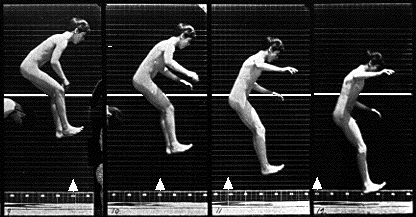
Fashioning the Body: Versions of the Citizen, the Self, and the Subject
The Evergreen State College | Fall 2007-Winter 2008
User Login |
capitol presentationEmily Ritchie October 18, 2007 Presentation The Washington State Capitol was completed in 1928. Existing as six main buildings, it was designed to appear as one building from the harbor, as people arriving by ship or train, (the most prevalent form of transportation at the time) would see it dominating the landscape from below. Much of the décor and layout is designed according to the hierarchy that operates inside of it. For example, the House of Representatives is trimmed with gold while the Senate is trimmed with the more expensive material platinum. Apparently the Senate was very upset that the House of Representatives was installed with desks made of walnut which were higher in value than their own desks made of mahogany. Even the dome of the building was subjected to representing its proper place in the hierarchy. The architects were ordered by Washington to construct a smaller dome than had been planned because the structure of a state capitol could not be taller than the main capitol building in DC. A lot of what the tour guide focused on was the opulence present in the space. She gushed about all of the different kinds of marble, the lights which held 5,000 bulb fixtures, the chandeliers that had 10,000 crystals, the expensive carpet. The entire space was extremely lavish, ornate and formal. People in our tour group kept remarking, “It’s just so beautiful. It’s just so beautiful.” Their tone was one of awe and shame, similar to a kid in one of those living rooms off limits to anyone but adults where you can’t touch anything. Being in this space, hearing what the tour guide focused on and how the people reacted made me become very conscious of the power that inanimate things can possess. I also became very aware of how the authority held in tradition can be used manipulatively to produce certain effects. I experienced how loaded the tradition of art history is by how this form of the capitol drew from and depended on the prestige and heritage of the classical tradition. The big columns, white marble and layout all testify to the strength of the ancient Roman and Greek empires and manipulate the viewer into equivocating our society with ancient greatness. This structure is a great example of the discursive power held in form. If a building can replicate or produce a form that is respected it can imply the content without the real meat of what is actually operating within that form ever having to be fully disclosed. This was the effect being produced in the onlookers, one of respect without it being warranted simply because of representation. However I experienced the space as being so formal and ornate that it was removed and alienating; it left me wondering what we were trying so hard to manifest in our fancy marble and perfect symmetry. It seemed overdone, and while this may instill hope or pride of our government in some who view this structure, I experienced a sense of desperation that had to create something opulent and backed by others traditions to overcompensate for what we lack. It was an empty exoskeleton perched on top of a hill.
Submitted by emily on Mon, 10/29/2007 - 1:39pm. emily's blog | login or register to post comments | printer friendly version
|
Who's onlineThere are currently 0 users and 1 guest online.
Events
|
||||||||||||||||||||||||||||||||||||||||||||||||||||||||